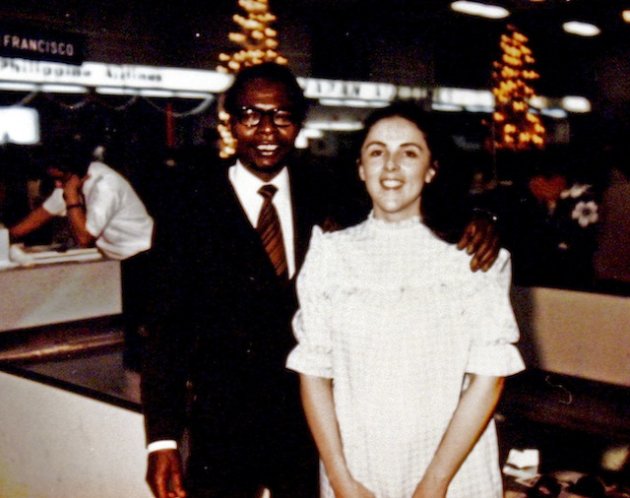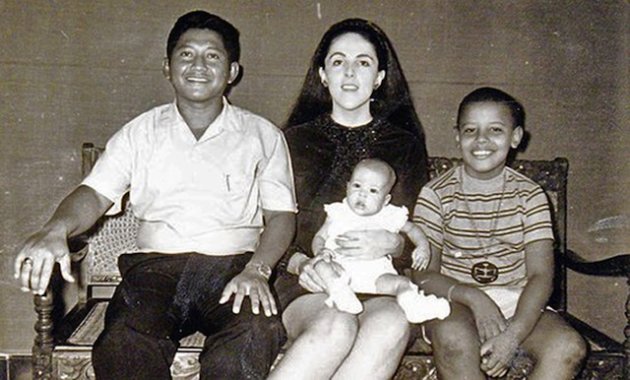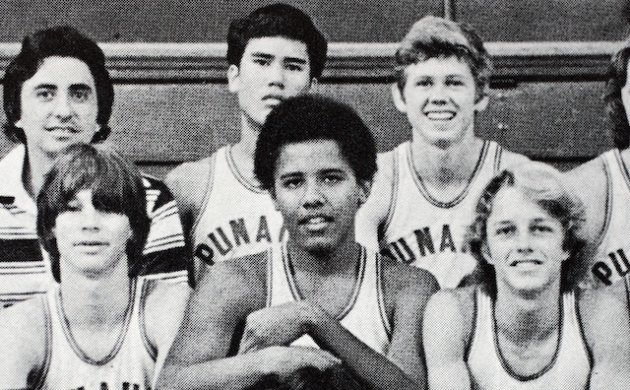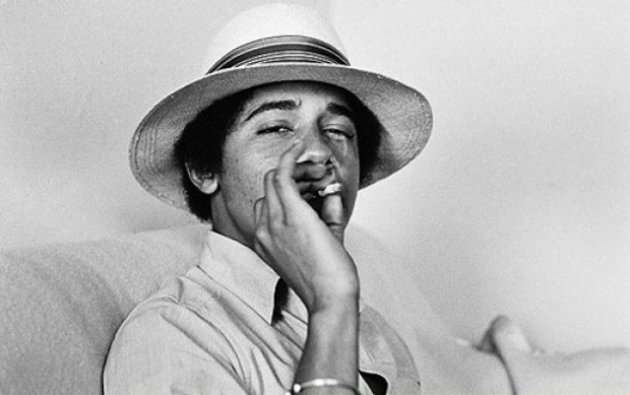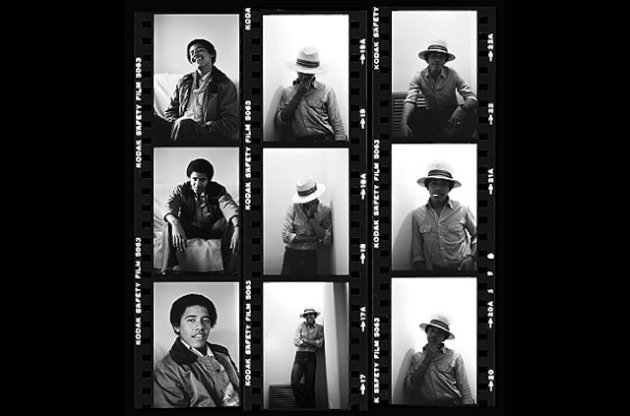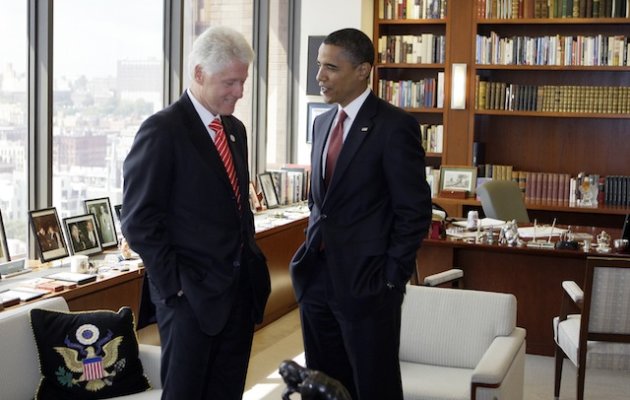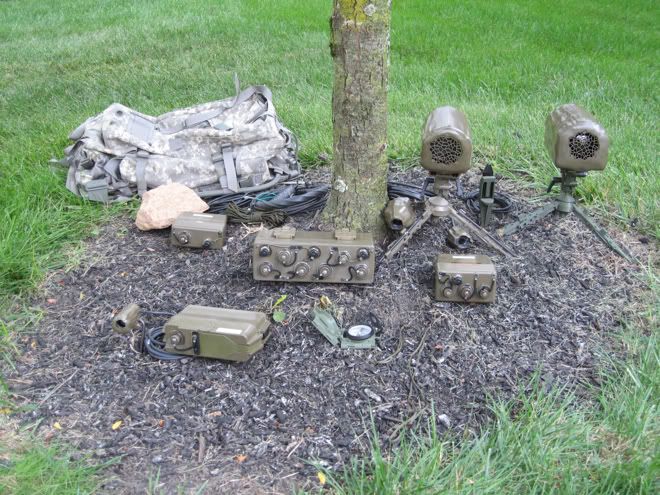I came to Carthage, where I found myself
in the midst of a hissing cauldron of lusts. I had not yet fallen in
love, but I was in love with the idea of it, and this feeling that
something was missing made me despise myself for not being more
anxious to satisfy the need. I began to look around for some object
for my love, since I badly wanted to love something. — St. Augustine, Confessions
From AP [via Yahoo! News] comes this story of sodomy gone awry...and then some.
The man killed in a
videotaped attack that was discovered after body parts were mailed to
Canada's top political parties was a Chinese student, police said
Friday, as authorities in France searched for the suspect, a Canadian porn actor.
Did he only do "gay" porn? Or was he a really good actor?
Montreal Police Cmdr. Ian Lafreniere identified the victim as Jun Lin, 33. Police have said he dated Luka Rocco Magnotta, who is now on Interpol's equivalent of its most-wanted list.
Rocco, huh? Sounds like one of my idiot Italian cousins.
A senior French police official said he is sure Magnotta
is in France and that Magnotta has been there in the past. Another
French police official said Magnotta apparently flew to Paris from Montreal last weekend, before the case emerged.
Lafreniere said Jun Lin doesn't have family in Montreal, but a family member reported him missing on Tuesday. He had last been seen May 24.
Lafreniere said the murder occurred the night of May 24-25, and the suspect left for Europe on May 26.
According
to a missing person's notice on the website of the Chinese consulate in
Montreal, the victim was from the city of Wuhan and arrived in Montreal
in July 2011.
"He is a
Chinese citizen who studied at a university here in Montreal and was
here for a certain time," Lafreniere said. "Thanks to the Chinese
embassy, we have been able to reach the family with the sad news of what
happened."
The case began
Tuesday, when a package containing a severed foot was opened at the
ruling Conservative Party headquarters. A hand was discovered at a
postal facility, addressed to the Liberal party of Canada. A torso was
found in a suitcase on a garbage dump in Montreal, outside Magnotta's
apartment building.
Montreal
police have said they believe Magnotta, 29, fled for France based on
evidence they found at his apartment and a blog he once wrote about how
to disappear.
So... it's political, too?
"What will
hinder him the most is what he used to glorify himself, the web, with
all the photos we have of him," Lafreniere said. But he warned that
Magnotta is "someone who can disguise himself, he can change into a
woman, wear a wig."
Maybe he was a really, really good actor and the Chinese guy thought he was dating a chick after all.
France's
fugitive search unit has been ordered to hunt for Magnotta, the French
officials said. They spoke on condition of anonymity because they were
not authorized to speak about such searches publicly. They gave no
details about his suspected whereabouts.
Lafreniere
said Magnotta could be anywhere in Europe, and "there's even been talk
he might have returned to Canada under another identity."
Police
suspect Magnotta filmed the murder. The video, posted online, shows a
man stabbing another man with an ice pick while the victim lies naked
and tied up. The first man later reveals he has slashed the other man's
throat. He also dismembers the corpse and performs sexual acts with it.
A "gay" porn snuff film. I'll bet this is much more popular in the sodomite community than they would be willing to admit.
You have to admit that's real love there. After all, if you love a guy enough to keep sodomizing him after he's been murdered and chopped up...
"We have quite convincing proof of the crime he committed," Lafreniere said Friday, referring to the video.
Other body parts remain missing.
Imagine what sort of trophies this monster might keep.
Police
said Magnotta is also known by the names Eric Clinton Newman and
Vladimir Romanov, and they described him as white and 5 feet 8 inches
tall (1.78 meters) with blue eyes and black hair. A police official said
he was a porn actor.
Hey! Italian and Russian? That's my schtick!
Derek MacKinnon, a former resident of the
building where Magnotta lived, said he was the only person Magnotta
would speak to in the building. MacKinnon identified himself as an actor
who played a serial killer in the 1980 horror film "Terror Train."
"I
was a killer who killed 11 people in this film, so he was rather
interested in my career versus his," MacKinnon said. "It was like a
quick conversation, not like anything big. And knowing that we were both
gay, I think that's probably where he had the connection with me
because he was extremely cold, standoffish, wouldn't talk to anybody,
but he would stop for a sec to say something to me, and I think that he
felt there was a kindred spirit or something between the two of us."
La MacKinnon is lucky he's old and not so cute anymore. He could have starred in Magnotta's greatest cinematic effort.
He
said Magnotta "was always well groomed" until the last time MacKinnon
saw him, on May 25. He said Magnotta was having "a bad hair day."
Cops just love witnesses who notice the little things.
"It was red, and he normally is dark," MacKinnon said. "It looked like a really bad wig."
